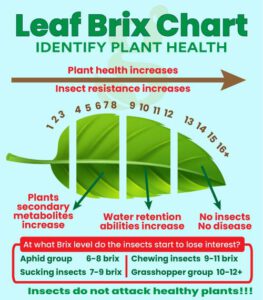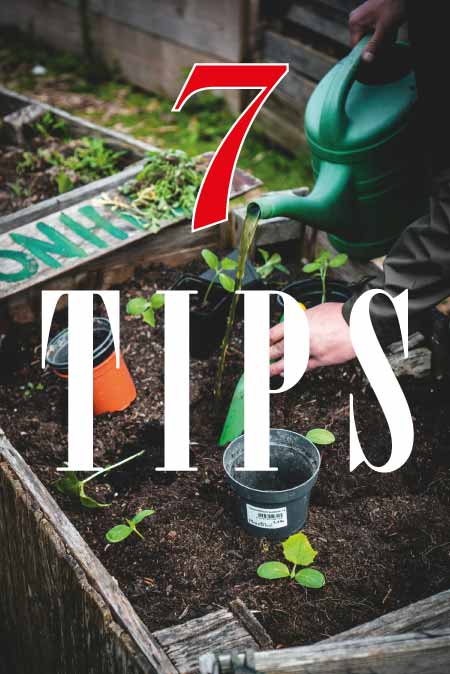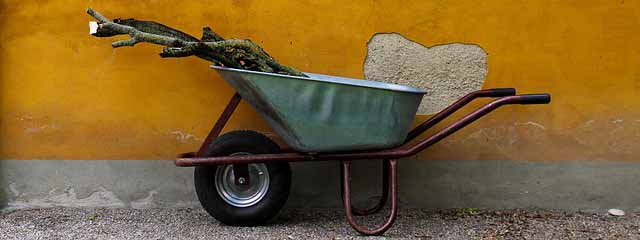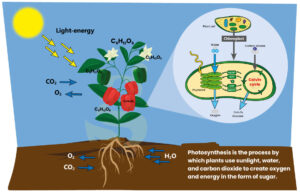
Brix in relation to crop health and quality
Brix in relatie tot gezondheid en kwaliteit van gewassen. De zoete wetenschap van Brix. Brix in relatie tot gezondheid en kwaliteit van gewassen. Brix-waarde verwijst
We are on holiday. Orders will be sent after October 2 Dismiss
More yield from better quality
All in just 5 products
25+ years of fertilizer experience
Better and cheaper
Easy to use
Spring is a time of renewal and there is no better place to witness this transformation than in your own garden. As the days get longer and the weather gets warmer, it is time to roll up your sleeves and prepare your garden for the abundant growth that lies ahead. Before you plunge into planting and cultivating, you need to make some basic preparations to lay the foundation for a successful and thriving garden season. From clearing out winter debris to assessing soil conditions, here are some essential tasks you need to do when the spring itch begins.

A list of gardening tasks when the spring jitters hit: 1. Clear away winter debris 2. Inspect and clean tools 3. Preparing soil 4. Pruning and thinning 5. Weed control 6. Inspection and planning 7. Germinating seeds.
Start cleaning up all the debris that has accumulated during the winter months. Remove fallen leaves, branches and other rubbish that has accumulated in your garden beds and paths. This not only cleans up the space, but also prevents potential pests and diseases from taking over as temperatures rise.
Before you start gardening, take an inventory of your tools. Inspect them for signs of damage or wear and clean them thoroughly. Sharpen knives, lubricate hinges and replace tools that are beyond repair. With well-maintained tools, gardening becomes much more efficient and fun.
Healthy soil is the foundation of a thriving garden, so take time to assess and prepare your soil for planting. Test the pH and nutrient levels of your soil and top it up with compost, organic matter or fertilisers if necessary. Turn the soil in your beds to aerate and break up any compacted areas to ensure optimal growing conditions for your plants.
Spring is the ideal time to prune back and thin out dead or overgrown branches of shrubs, trees and perennials. This encourages new growth and promotes overall plant health. Use clean, sharp secateurs to prune precisely and remove diseased or damaged foliage to prevent the spread of diseases in your garden.
As temperatures rise, so do weeds. Take proactive measures to control weed growth before it becomes overwhelming. Pull weeds by hand or use a hoe or cultivator to remove them from your garden beds. Consider applying mulch or other ground cover if necessary to stop weed growth and retain moisture in the soil.
Walk through your garden and assess the condition of your plants. Look for signs of new growth, pests or other problems that need attention. Use this time to plan the layout of your garden and decide which plants you want to grow this season. Consider factors such as sunlight exposure, spacing requirements and houseplants to maximise the productivity and beauty of your garden.
Start germinating annual plants indoors. Start by selecting seeds of annual herbs or flowers, chilies, tomatoes, greens, etc... Fill seed trays with potting soil, plant the seeds at the recommended depth and water lightly. Place the trays in a warm, sunny place or use a grow light. Keep the soil constantly moist and watch the seeds sprout. Once the seedlings emerge, gradually acclimatise them to outdoor conditions before planting them out in the garden.

By making these basic preparations now, you will prepare yourself for a bountiful and rewarding gardening season. With a little effort and attention to detail, you can create a lush and vibrant outdoor space that the whole neighbourhood will envy. So embrace the arrival of spring and get ready to see your garden come alive!

Brix in relatie tot gezondheid en kwaliteit van gewassen. De zoete wetenschap van Brix. Brix in relatie tot gezondheid en kwaliteit van gewassen. Brix-waarde verwijst

Het endocannabinoïde systeem begrijpen Een korte handleiding voor CB1- en CB2-receptoren Het endocannabinoïde systeem (ECS) speelt een fundamentele rol bij het reguleren van verschillende fysiologische

Photosynthesis Photosynthesis is the process by which green plants, algae and some bacteria convert light energy into energy in the form of glucose. This process mainly takes place

The development of hydroponic fertilisers through the ages The history of hydroponics is a story of innovation and perseverance, rooted in the quest of the

Creating a successful indoor grow involves more than just light and water. Here are 7 tips to boost your indoor garden.

Transforming urban heat islands into cool and livable cities The power of harnessing greenery for cooler cities As urbanisation increases, cities are struggling over
Brix in relatie tot gezondheid en kwaliteit van gewassen. De zoete wetenschap van Brix. Brix in relatie tot gezondheid en kwaliteit van gewassen. Brix-waarde verwijst
Het endocannabinoïde systeem begrijpen Een korte handleiding voor CB1- en CB2-receptoren Het endocannabinoïde systeem (ECS) speelt een fundamentele rol bij het reguleren van verschillende fysiologische
Photosynthesis Photosynthesis is the process by which green plants, algae and some bacteria convert light energy into energy in the form of glucose. This process mainly takes place
7 handy tips to prepare for the new garden season Gardening tasks when the spring jitters strike: Spring is a time of renewal and
The development of hydroponic fertilisers through the ages The history of hydroponics is a story of innovation and perseverance, rooted in the quest of the
Creating a successful indoor grow involves more than just light and water. Here are 7 tips to boost your indoor garden.
Home » 7 helpful tips to prepare for the new gardening season

Because growing your own is a craft. It takes time, energy, focus, attention, maybe even love. At your own pace, in your own environment. You are the creator.